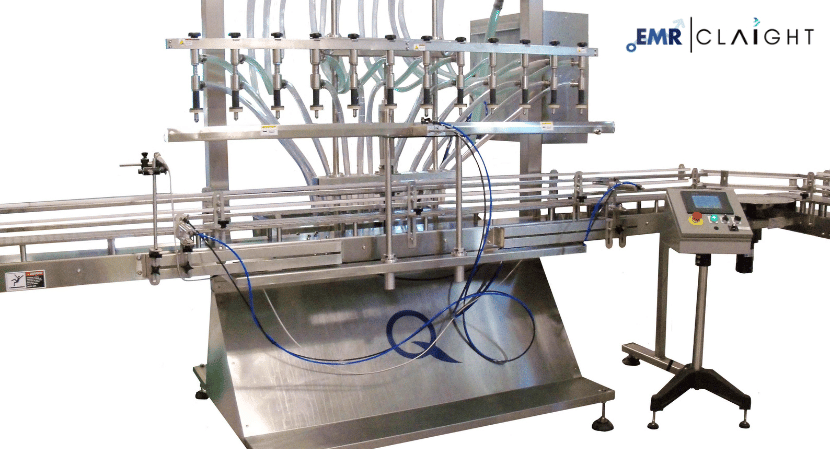In the healthcare and pharmaceutical sectors, managing controlled medications demands rigorous adherence to stringent regulations aimed at ensuring safety, efficacy, and compliance. These regulations are crucial for preventing misuse, diversion, and abuse of controlled substances.
Medical professionals, pharmacists, and any organization involved in handling these drugs must thoroughly understand and follow controlled medications treatment guidelines. So, this includes maintaining accurate records, adhering to prescribing protocols, and implementing secure storage practices. Proper compliance helps safeguard patient health and ensures that controlled substances are used responsibly and legally, minimizing potential risks and legal issues.
Here are the key regulations, essential practices, and procedures to follow.
Controlled Medications Explained
Legally regulated pharmaceuticals that have a risk of misuse, addiction, or dependency are known as controlled medications. In the United States, the Drug Enforcement Administration (DEA) classifies these medications into different schedules, ranging from Schedule I to Schedule V. Each schedule reflects the drug’s potential for abuse and its accepted medical use.
-
I: High potential for abuse with no accepted medical use (e.g., heroin, LSD).
-
II: High potential for addiction, but with strictly regulated usage for medicinal purposes (e.g., cocaine, morphine).
-
III: Moderate to low potential for abuse with accepted medical use (e.g., testosterone, codeine).
-
IV: Low potential for abuse relative to Schedule III (e.g., diazepam, alprazolam).
-
V: Lower potential for abuse compared to Schedule IV (e.g., cough preparations with less than 200 milligrams of codeine per 100 milliliters).
The Importance of Compliance
Compliance with regulations surrounding controlled medications is crucial to preventing misuse, addiction, and illegal distribution. There may be harsh legal repercussions for noncompliance, such as imprisonment and fines. Moreover, adherence to these regulations ensures the safe and effective use of medications, safeguarding public health.
Key Regulations for Collection of Controlled Medications
Different regulations include:-
1. Registration and Licensing
Before handling controlled medications, entities must obtain proper registration and licensing. In the United States, this involves registering with the DEA. For pharmacies and healthcare providers, this registration allows them to legally prescribe, dispense, and manage controlled substances.
2. Record Keeping
Detailed record-keeping is essential for tracking controlled medications. Regulations require that records be maintained for a specified period, often for at least two years. These records should include:
-
Receipt of controlled substances: Documenting the date, quantity, and source of the medications.
-
Dispensation records: Information on when and to whom the medications were dispensed.
-
Inventory logs: Regularly updated logs of stock levels and any discrepancies.
3. Storage Requirements
Controlled drugs need to be kept in a safe location to avoid abuse and theft. Storage requirements vary depending on the schedule of the medication:
-
Schedule I and II: Must be stored in a locked, substantially constructed cabinet or safe.
-
Schedule III to V: Generally require secure storage but are less stringent compared to Schedule I and II.
4. Legal and Regulatory Updates
Regulations for controlled medications collection can change frequently. All involved parties need to stay informed about any updates or changes to regulations. This can involve subscribing to regulatory updates, attending workshops, or consulting legal experts.
5. Disposal and Destruction
When controlled medications are not in use, one must dispose of them properly to prevent environmental contamination and misuse. Regulations specify that:
-
Unused or expired medications should be returned to a designated disposal facility.
-
Destruction should be conducted following DEA guidelines, often involving methods that render the substances unusable.
6. Reporting and Documentation
Entities must report any theft or significant loss of controlled substances to the DEA immediately. Accurate documentation of these incidents is essential to investigate and address potential issues.
7. Prescription Requirements
Licensed practitioners should write prescriptions for controlled substances and include specific details, such as the patient’s name, medication, dosage, and instructions. Electronic prescriptions are becoming more common, but they must also meet regulatory standards.
8. Compliance Audits
Regular audits are conducted to ensure compliance with regulations. Internal or external regulatory bodies, both can perform these audits. During an audit, all records, inventory logs, and storage practices are reviewed to ensure adherence to legal requirements.
9. Training and Education
All personnel involved in the handling of controlled substances must undergo training on regulatory requirements and best practices. This training ensures that staff are aware of their responsibilities and the importance of compliance.
10. Inventory Management
Regular inventory checks are mandatory to ensure that controlled substances are accurately accounted for. These checks help identify any discrepancies, potential theft, or loss. The DEA mandates the complete and accurate conduction of inventory at least every two years.
Concluding
The complex web of regulations governs the collection and management of controlled medications, ensuring their safe and legal use. Adherence to these regulations—ranging from proper registration and record-keeping to secure storage and disposal—is crucial for maintaining compliance and protecting public health. By understanding and implementing these key regulations, entities involved in handling controlled substances like CWT can effectively manage their responsibilities and contribute to a safer, more regulated healthcare environment.




